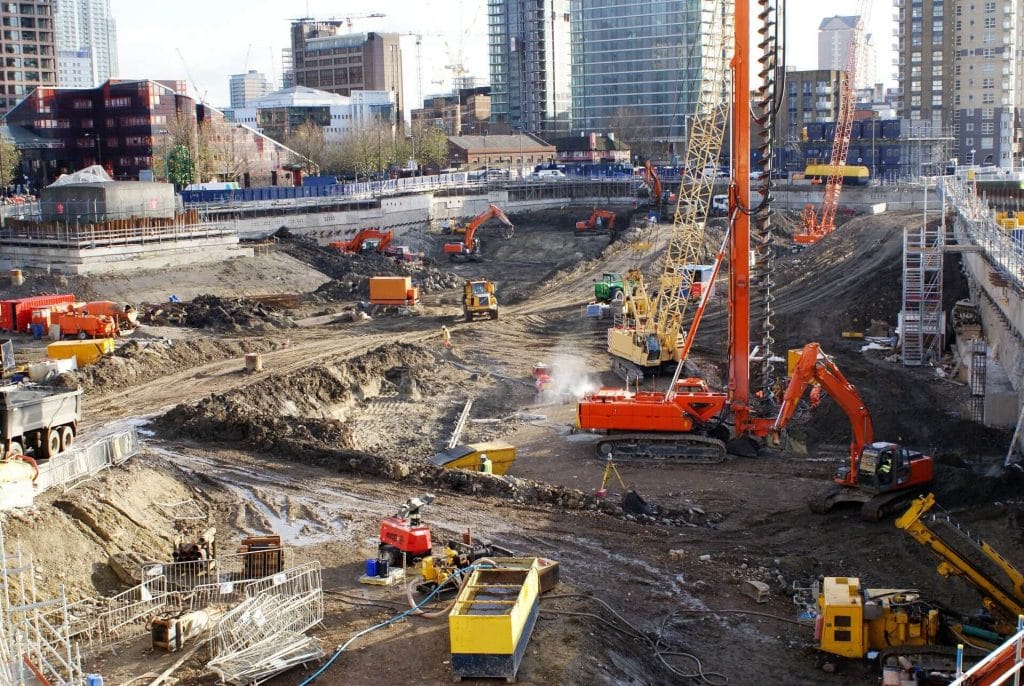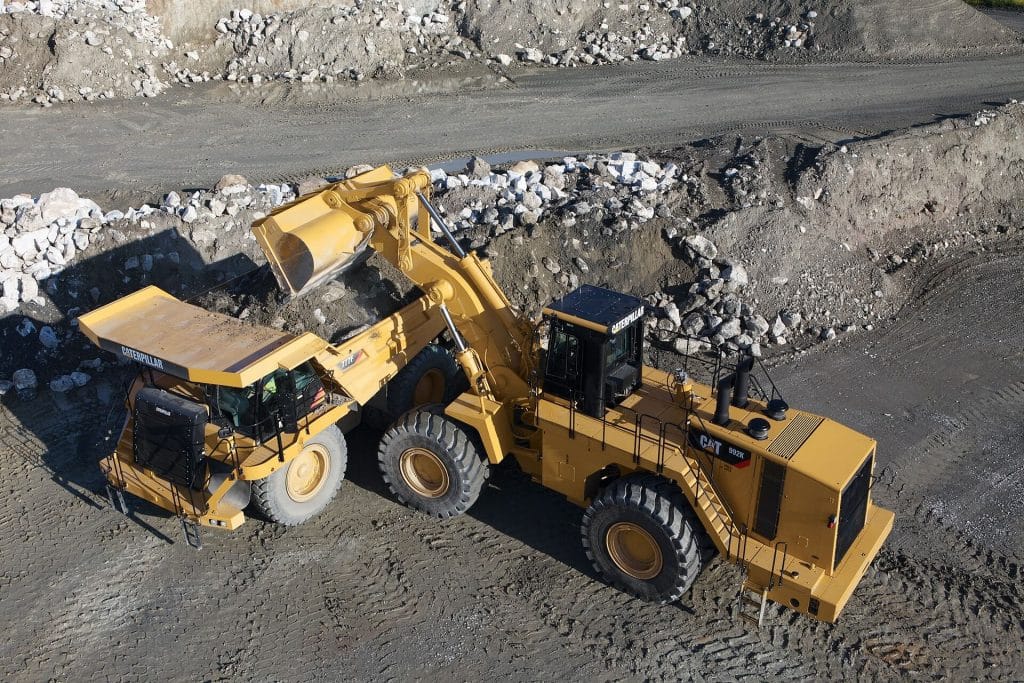The construction industry has gone through many changes since the Industrial Revolution that has completely transformed it. But some of the most significant construction changes that have greatly changed the way the industry works and functions have been in the past 50 years or so.
And although we can’t go into detail about each and every change that has evolved the industry in some or the other way in these years, we will take a look at some of the biggest factors and areas of change.

Technology
It should not come as a surprise for anybody that technology has changed a lot things, including the construction industry. The industry now has access to highly sophisticated and advanced equipment. Something that has made even some of the most complex and challenging tasks significantly easier, smoother and safer. Technologies like 3D models of buildings can help plan the project before even the first brick has been laid. That can help cut the costs, especially the typical losses associated with big projects.
CRM
Technology has also brought along new ways of keeping track of communication with clients. Instead of going through a bunch of emails in order to find the communication history for a specific client, CRM software solutions like amoCRM can fix that right away. All conversations is kept in one place and it’s way easier to manage.
Construction Management Software
Besides CRM software, we have also seen the rise of construction management software. It is something you wouldn’t hear in the industry like around twenty years back, but is now something literally almost every medium to big construction companies can’t live without. In fact, even the small companies are making the shift from traditional ways of managing a project to this innovative way. Especially considering how incredibly affordable it has become over these years. A construction management software can help build plans as well as manage them or make changes to them, as well as allow all the parties involved to communicate in a seamless way. It also assists with many other aspects of a project such as coming up with and managing the budget, billing processes and deadlines.
Health and Safety
At the time of the Industrial Revolution, the health and safety regulations in the construction industry were almost non-existent. And while they were there about 50 years back or so, they were hardly anything when compared to what they are today.
More and more efforts are being made from the past few years to provide an even safer environment to both workers and the customers. Even the governments are stepping in with strict safety guidelines to ensure a higher level of safety for construction site workers.
There are also a wide range of safety tools that can go a long way in preventing accidents, as well as other innovative ways of making the workers follow the safety guidelines.
Skills
The requirements for skills in the industry have also changed considerably since the Industrial Revolution. Back then, only skills that were primarily manual based were required. And while they are still required to a considerable extent even now, employees also need to have some technological skills as well as being knowledgeable about certain things that weren’t as important back then as they are now.
When will the industry adapt?
These are just some of the changes we have seen so far and we will surely see more over the years. The questions is just how long it will take a industry that is not known for its willingness to embrace modern technology, to adapt to the new opportunities out there.
Read more about a weather system and how it can be used in construction: Weather Alert Systems




